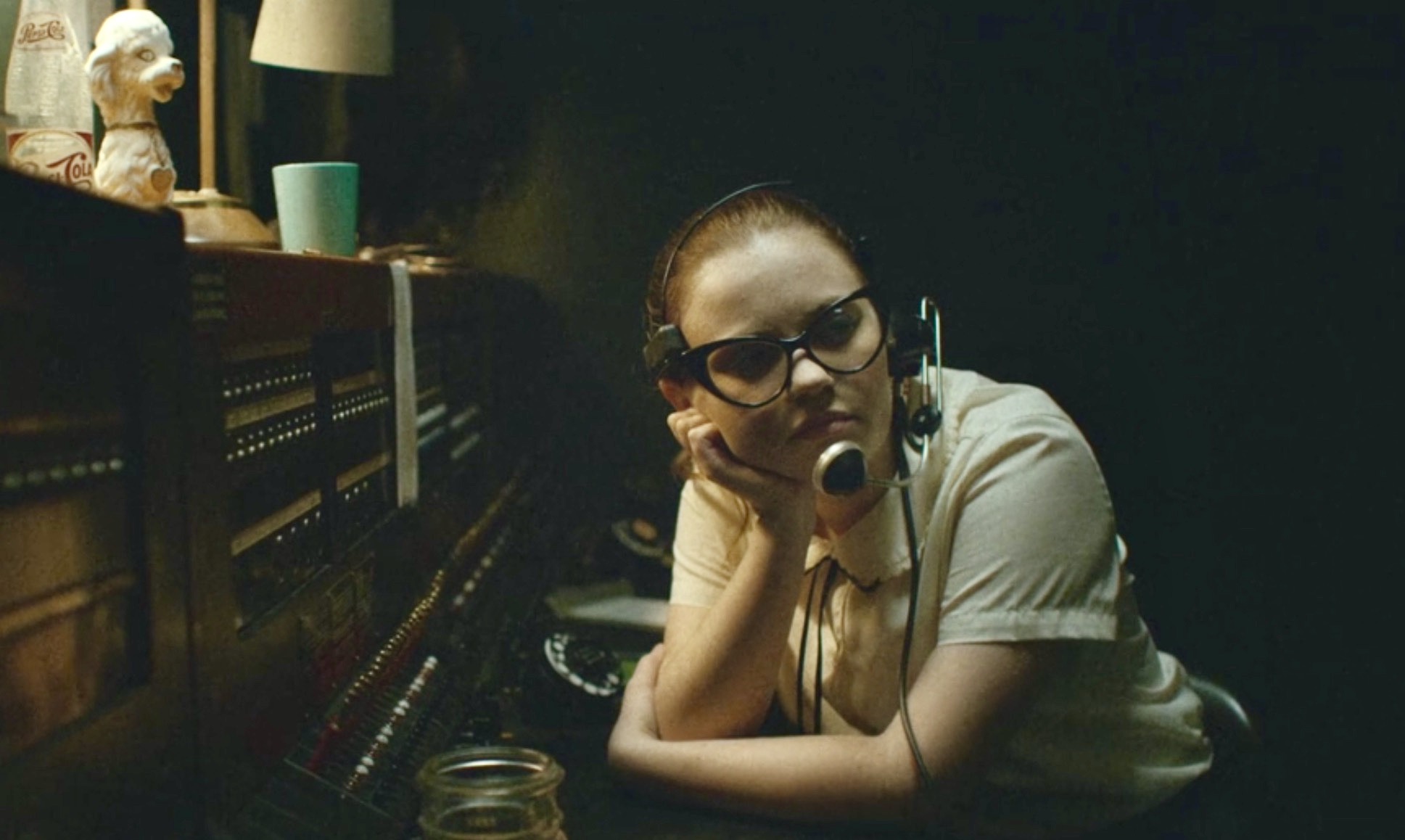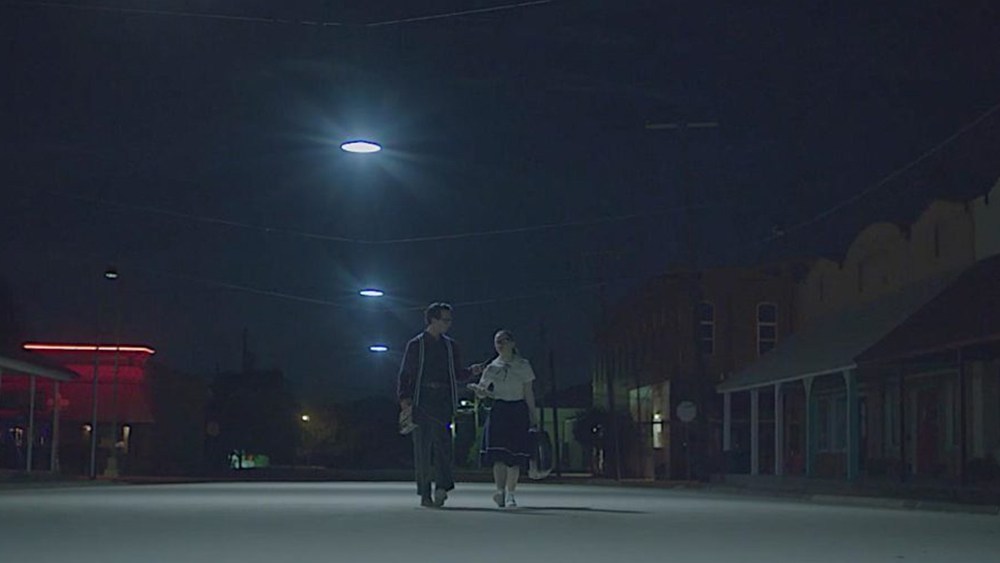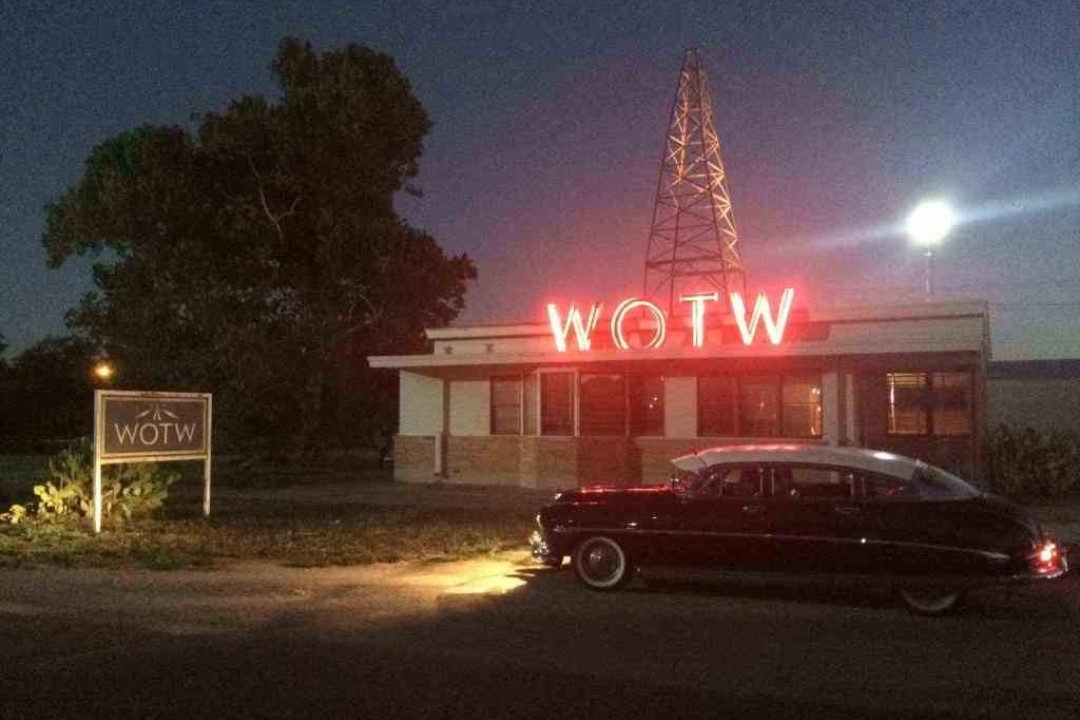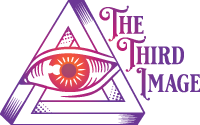The Vast Of Night



From its opening moment we are immediately transported into the 1950s. Through the frame of a science-fiction, Twilight Zone-style introduction to a TV show, the title comes up. And we dissolve to a high school, one of the film’s very few locations, where a basketball game is about to begin.
But that’s not where we stay. Instead, we follow Everett and Fay out of the high school gym and into the parking lot, and we never leave their side. Over the course of the game’s duration, strange events will take place – a mystery our bespectacled, ambitious characters will try to solve. She, a telephone operator, and he, a local radio DJ, unexpectedly pick up an enigmatic audio frequency. Could it be extraterrestrial? The more they investigate, the more other-worldly the answer appears to be.
The vintage aesthetic is a hipster’s wet dream and any production designer’s crowning achievement. It evokes the feel of the best films set in that period, whatever your favourite might be, whether Grease or Back To The Future. Its pacing keeps you hooked, forward-moving and fast-talking at one moment, slow-burn and almost motionless at another; the back and forth of the two energies building a beautiful operatic ebb and flow. The sense of mystery always at the forefront of every creative decision. The cinematography is a masterclass is camera choreography, transporting us from location to location along the town’s grounds, following characters as they walk and talk. At other times you forget the camera’s even there.
And there is a lot of talking. Like a piece of theatre, this is about characters speaking and the weight of their dialogue. Sometimes the screen just fades to black as someone speaks, shifting our focus to the words alone. A lot of the conversations happen over the phone, or over the radio, or people trying to reach each other; perfectly suited in the time of COVID lockdown and isolation.
When people do briefly meet face to face, the camera lingers on them as they speak in monologues, revealing their stories, what they know of secrets. Like in a pre-internet age kids would gather at sleepovers, and with the lights off would dare each other with who can tell the scariest story. This is a story of stories, the importance of our talking and exchanging ideas, exchanging experiences. We thrive on stories. Civilisations have survived on stories. And for a mere 90 minutes, one after another, stories are shared with us, accompanied by a visual aesthetic so gorgeous and camerawork built on the legacies of Brian de Palma, David Fincher, and of course Hitchcock, all building to a stunning, heart-swelling climax that leaves you with a feeling of grandeur and a knowledge that perhaps regardless of how alone we may feel, there is a vastness to the world that is not void.
Turn out the lights, bring up the volume, grab a blanket, and enjoy one of the year’s best audio-visual trips.
